Zendure's new SuperBase Pro is unlike any other power station. With constant 4G connectivity, multiple 100W USB-C ports, and six AC outputs, the station's utility can make it an indispensable tool for users.
The power station market has exploded in the past couple of years, likely fueled by the work from home boom and increase in natural disasters causing power outages such as forest fires and hurricanes.
We moved a little outside the city just a couple of years ago and since then, we've experienced several power outages that have spanned multiple days. We knew we were in trouble when, during the first power outage, several neighbors wheeled out their large, gas-powered generators while we were stuck in the dark.
Gas generators aren't a bad option for many users but we decided against one for the moment as they are stuck outside, incredibly loud, aren't all that portable, and have other drawbacks. Instead, we've used power stations.
Power stations have many benefits over gas generators. They're completely silent (other than maybe some fans), they can work inside or outside, they have built-in USB ports, they are more travel-friendly and they are more environmentally friendly — especially if you use solar panels for recharging.
Zendure launched its first power station a year ago but has now launched its second — and much more powerful second model dubbed the SuperBase Pro.
Specs
The new SuperBase Pro comes in two different configurations. There is a 1456Wh model called the SuperBase Pro 1500 and a 2096Wh model dubbed the SuperBase Pro 2000.
For the 2000 version, Zendure is using lithium nickel manganese cobalt oxide (Li-NMC) batteries which are commonly used in electric vehicles. The BMW i3, the Jaguar Pace, the Chevy Bolt, and many others rely on this battery composition.
These Li-NMC battery cells can run to 3,000 cycles to 60 percent capacity or 1,500 cycles to 80 percent capacity.
For the 1456Wh SuperBase Pro 1500, the company went with the more common lithium iron phosphate battery (LiFePo4) cells. These batteries usually cost about 20-30 percent less to produce power versus the NMC cells.
Li-NMC are sometimes preferred because of their increased power density — hence the EV usage — but LiFePo4 cells do have a longer overall lifespan. The LiFePo4 cells on the SuperBase Pro 1500 will last 6,000 cycles to 60 percent capacity, or 3,000 cycles to 80 percent capacity.
Zendure SuperBase Pro
- Capacity: 2096Wh or 2456Wh
- Weight: 46.5 lbs (1500W) or 48 lbs (2000W)
- Dimensions: 17.56 inches by 10.51 inches by 13.86 inches
- AC Output: 100V-120V / 2,000W — surge up to 3,000W
- USB-C Output: USB-C1 / 2: 5-20V 100W total, USB-C3 / C4: 5-12V 20W total
- Charge Time: 80 percent in one hour, full charge in two hours
- Wall Input: Up to 1800W
- Solar Input: 1800W, 60-160V via AC input or 600W, 12-60V via XT60 input
- Connectivity: Wi-Fi, 4G LTE (One year free)
Design
The Zendure SuperBase Pro is built like a tank. In terms of its size, strength, and ability to be mobile. It is a large, rounded rectangle measuring almost 18 inches wide with two tread-laden wheels on the back. Within the back is an extendable handle, reminiscent of a piece of rolling luggage.
Funnily enough, the luggage design seems to very much stick with Zendure. Some of its earliest — and current — battery packs that were intended to be plane-friendly, were styled after the original aluminum Rimowa suitcases.
While this doesn't sport the rigged silver look, it still feels like a piece of travel gear that is meant to be taken with you, be it into your yard or on a camping trip. As a bonus of the handle and wheels, a bag or some boxes can also easily be stacked on top. As we worked in our yard, relying on the SuperBase Pro, we stacked several pieces of wood and a box full of drills, bits, and screws without issue.
There is a handle on the top of the battery too, which helps you haul it up into your trunk or atop a counter. A nice touch here is that the handle is spring-loaded. When you let go, it slowly falls back down to its horizontal position. We wish this was countersunk so it didn't create a bump on the top, but alas.
The various ports are distributed among the front as well as the left and right. Facing the device, the left is home to a variety of outputs while the right houses several inputs. On the front is a wonderfully massive 6.1-inch display full of relevant information.
On the display, there is a wealth of icons, charts, and statistics of the battery. Squarely in the center is a circular doughnut chart that shows how much battery capacity is remaining as well as a numerical value in the center. Around this dial is the input power, the output power, and exactly how long is remaining until the battery is charged.
You also have indicators for Wi-Fi, DC/AC status, UPS status, 4G connection and signal strength, sleep mode, fans, and temperature alerts. This gives you everything you need to know about the battery.
A truly impressive array of inputs and outputs
A perfectly good power station can be ruined without good outputs. We've tested several that have good designs with large capacities and yet, with a trickle input and limited outputs, we find ourselves not using it.
Many aspects need to be considered but we have three main things that are on our "must" list. We're looking for actual AC outlets to run our small appliances, including surges that come from bigger devices like power tools.
We also need more than just one USB-C port. We're constantly bemoaning the lack of USB-C ports on other chargers as we've migrated most of our setup to the new standard. We aren't about to start using USB-C to USB-A adapters or connecting individual USB-C chargers to the AC outlets.
The last thing that we want is fast input. By the time you get up to a battery with over 2000Wh of capacity, you need a fast charger. A slow input is painful, inefficient, and frustrating.
As just one example, our battery was dead from a weekend getaway and as we came home, a terrible storm was rolling in. We needed to get our battery charged so we had at least some power should our electricity go out. Unfortunately, that battery had a very slow power input and we barely got any juice by the time our lights went dark.
Zendure has met all our needs — and more — with the SuperBase Pro.
Inputs galore
In total, there are six ways to power up the SuperBase Pro. If you use a normal wall outlet, you can charge the SuperBase Pro at up to 1800W of power. That will provide you 80 percent of the charge in only an hour and will charge the whole thing in two.
If you go with solar panels, you too can charge at up 1800W of power if you daisy chain multiple panels together. With one of Zendure's panels, you can get 200W in good sun with the XT60 input, and three can be strung together for 600W. When using a DC connector and nine solar panels, you can get that 1800W.
For the fastest charge, you can use the DC connector for solar panels at the same time as the AC input for 2400W of input power which will top off the battery in an hour and a half.
Other options include a 120W car charger or power from a gas generator.
These input speeds are mind-blowing here. We have a Goal Zero Yeti that can charge at 600W but it requires you to buy a large, bulky external power adapter. There is no extra purchase needed nor any bulky transformer with the Zendure; it just needs a simple AC cable.
While testing the SuperBase Pro, we ran into one unexpected issue. We connected it to an outlet to charge and due its massive power draw, it quickly tripped the breaker as it got close to the max power. We did have it connected to the same breaker that was actively running our large TV, but it was a surprise nonetheless.
Fortunately, Zendure has an option to limit the power draw. So if it is too fast for you, you can slow it down as to not overload your home's electrical. That is still crazy to us that it charges so fast you need to be able to slow it down.
One last issue with the inputs is the cover. All the input ports are protected by a folding dust cover. The problem is it pivots up, so as you look down on the battery, you can't see any of the ports. We had to either rotate the battery on its side — which could scratch its surface — or get on the ground to see the ports so we could plug in our cable. It is a small thing but is a bit of a pain if the SuperBase Pro is on the ground.
Outputs
In total, there are fourteen outputs on the SuperBase Pro that can all be used simultaneously including six AC outlets.
Zendure has equipped this guy with six AC outlets, an auto output, two 20W USB-C ports, two 100W USB-C ports, and three 13.6V / 10A 136W DC barrel connectors.
That will charge or power nearly anything you could have with you, with few exceptions. It can handle surge power draws of up to 4000W which means our circular saw, our drills, orbital sanders, and other tools were able to run just fine off the SuperBase Pro.
During our testing, we were actively building a chicken coop in our back yard, far out of reach from the house's power. It made work tedious but by hauling this power station to our work site, we could work in one spot and run all our tools, charge our phones, and run a speaker without having to use hundreds of feet of an extension cord.
Bells and whistles
Clean, reliable power aside, SuperBase Pro has much more going for it. One of the oft-overlooked features of power stations is connectivity. Not wires of course, but wireless connectivity. As of late, several power stations have started to add Wi-Fi but Zendure topped that with 4G LTE.
SuperBase Pro comes with 4G LTE connectivity to always allow you to see, from the accompanying app, what is going on with your device. Wi-Fi is handy, but if you experience a power outage at home, Wi-Fi won't be much good. Let alone in your yard, camping, or otherwise on the go.
4G can provide peace of mind, always knowing where your device is located. If stolen, you'll have its exact GPS coordinates. It can send you low-battery notifications too so if you're keeping something essential running with the battery, you can be sure to get back before it dies.
From the app you can see how much your battery is charged, how much it is currently outputting, perform software updates, and more. The top of the app looks like a miniaturized version of the on-device display.
You can make changes here as well, such as toggling certain features and outputs on or off. We've already mentioned the ability to limit the input power as to not overload your home's circuits, well this is where the app comes in. You can specify the maximum input allotted to whatever is applicable in your situation.
There's a sleep mode option too which caps the input to 300W (which then prevents the fans from kicking on) and turns off the display.
Relying on the SuperBase Pro
Zendure's SuperBase Pro has been part of our kit for a few weeks now. We got sent a pre-release version which admittedly had a few minor quirks. The app is still in its infancy where things like the Home Screen widget aren't ready yet. We've been assured by Zendure that all issues we experienced will be cleaned up by the time the SuperBase Pro ships.
We've tested it out in our yard, when the power went out, using power tools, and pretty much everything in between. It has proved to be reliable and essential to our lives.
One feature that we don't see all that often is for the power station to double as a UPS. When acting as a universal power supply, it provides uninterrupted power. If connected to your computer and the power surges, browns out, or goes off completely, your computer will still stay on without skipping a bit. In an area where brownouts are common, this too is an indispensable feature.
Like we outlined above, there are some downsides here including the inability to see the input ports when the cover is open or the weight of the device as a whole. But compared to the market as a whole, Zendure crushed it.
Should you buy the Zendure SuperBase Pro?
There are many reasons to get a power station. Almost everyone has at least one excuse to pick one up. The question then lies with how much power you need. It isn't blasphemous to say that most people won't need a 1500 or 2000Wh battery. That being the case, there is a huge variety of other models available.
But those high-power users exist. Us among them. One this capacity is sufficient for using tools away from the house, camping over a weekend, and saving our home during a power outage. After testing more than a half dozen power stations, Zendure has checked nearly all of our boxes.
It has a huge amount of juice. A few examples of what that computes to in use include running a 100W projector for more than 16 hours, recharging an iPhone 12 148 times, and running a mini-fridge for up to 40 hours. That 13-inch MacBook Pro can be charged 32 times.
The display is wonderful, 4G is a huge benefit for digital nomads, the app makes control easy, and the solar panels let us stay almost entirely off the grid. We could continue to espouse the benefits here but anyone who is looking for a power station this large will surely see the benefits of what Zendure has developed.
Pros
- Incredibe capacity up to 2096Wh
- Four USB-C ports, up to 100W out
- Six AC outlets with surge support up to 4000W
- Vibrant 6.1-inch display
- Six ways to charge power station
- Can daisy chain solar panels
- Up to amazing 2400W of input power
- Extrending handle and wheels make it easy to move
- 4G LTE connectivity
- Wi-Fi support
- App for firmware updates, smart notifications, GPS tracking, battery information, and more
- Can act as a UPS
Cons
- Input cover makes it hard to see ports
- Top isn't perfectly flat
- Top row on display is hard to see
- Heavy and large due to capacity
Rating: 4.5 out of 5
Where to buy
Zendure is raising funds for the SuperBase Pro over on Indiegogo. For early backers, they can receive the SuperBase Pro 2000 at 43 percent off retail, bringing the price from $2,300 to $1,300 and it includes a year of 4G connectivity. The SuperBase Pro 1500 is available for 50 percent off, bringing the price to $999.
At the time of press, the Zendure SuperBase Pro has surpassed $140,000 in initial backing. As a reminder, this is a crowdfunding campaign, and fulfillment is not guaranteed. That said, Zendure has successfully completed multiple crowdfunding campaigns and has successfully delivered to backers.
You can find Zendure's other products on Amazon including the SuperTank Pro that has four USB-C ports and 100W of input and output speed.
 Andrew O'Hara
Andrew O'Hara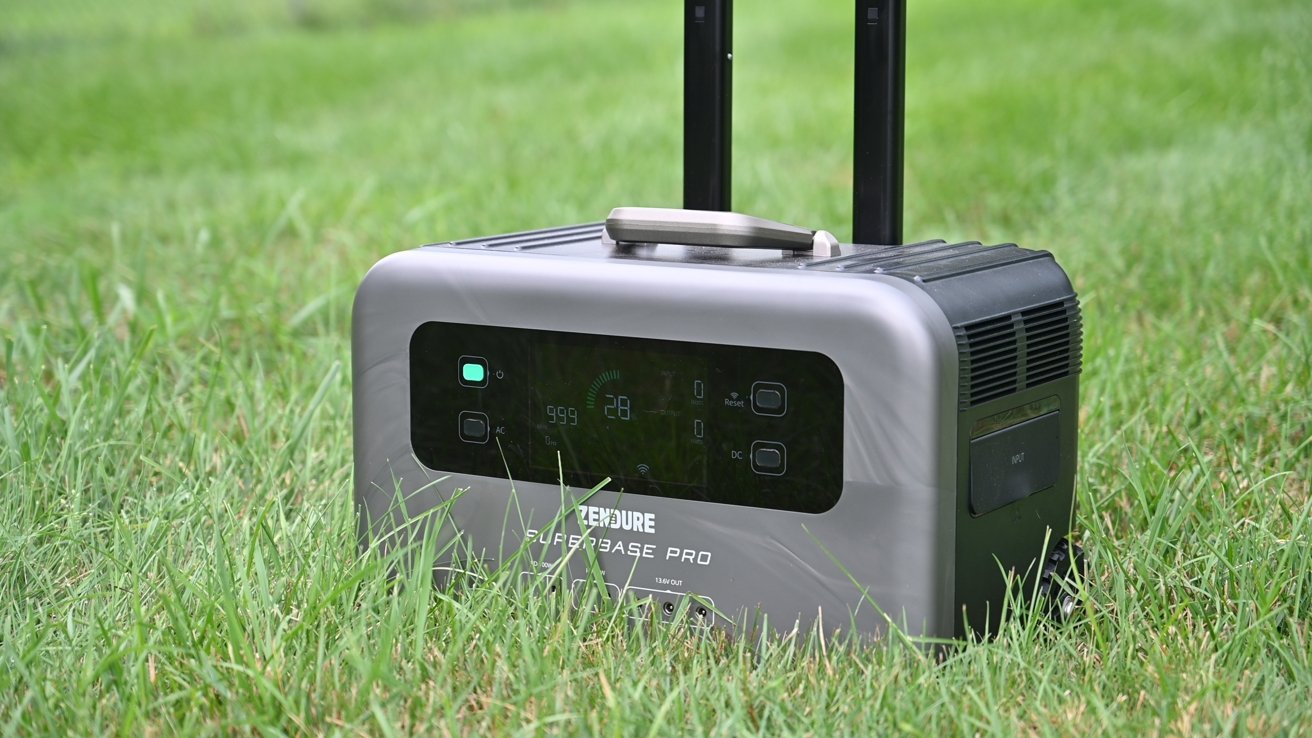

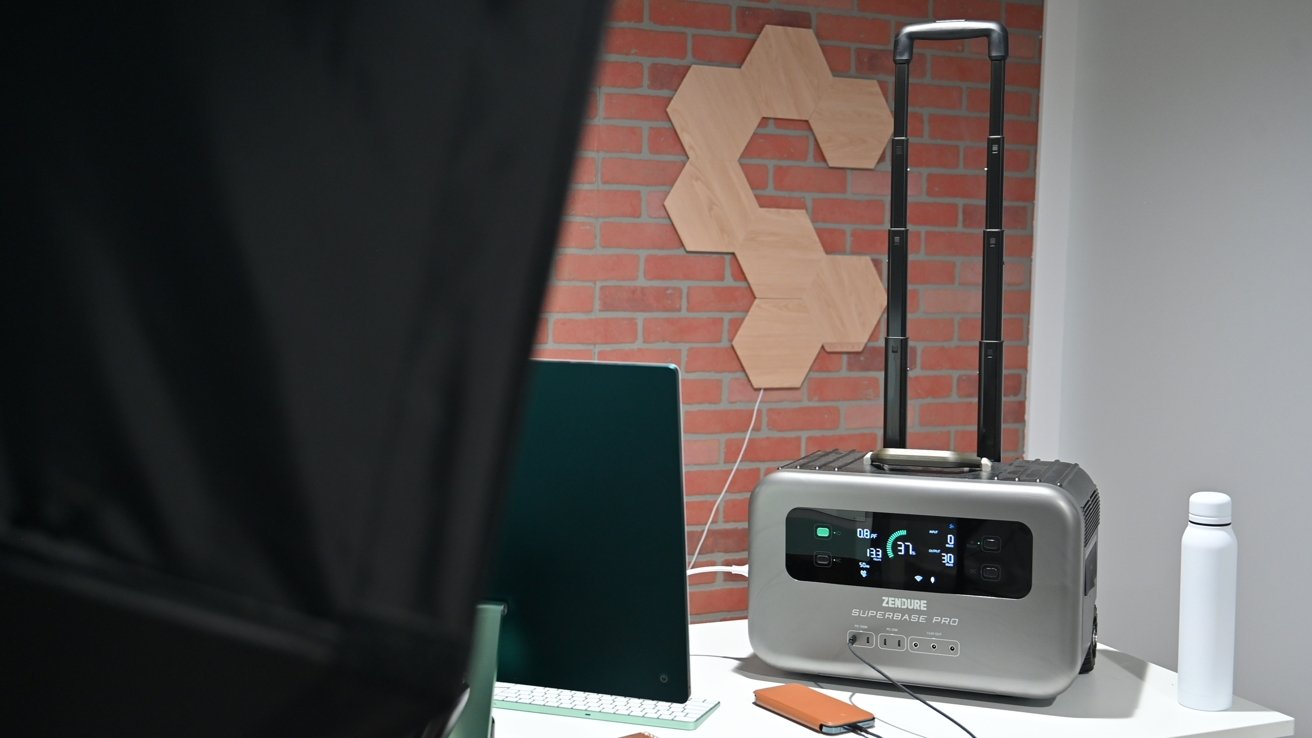
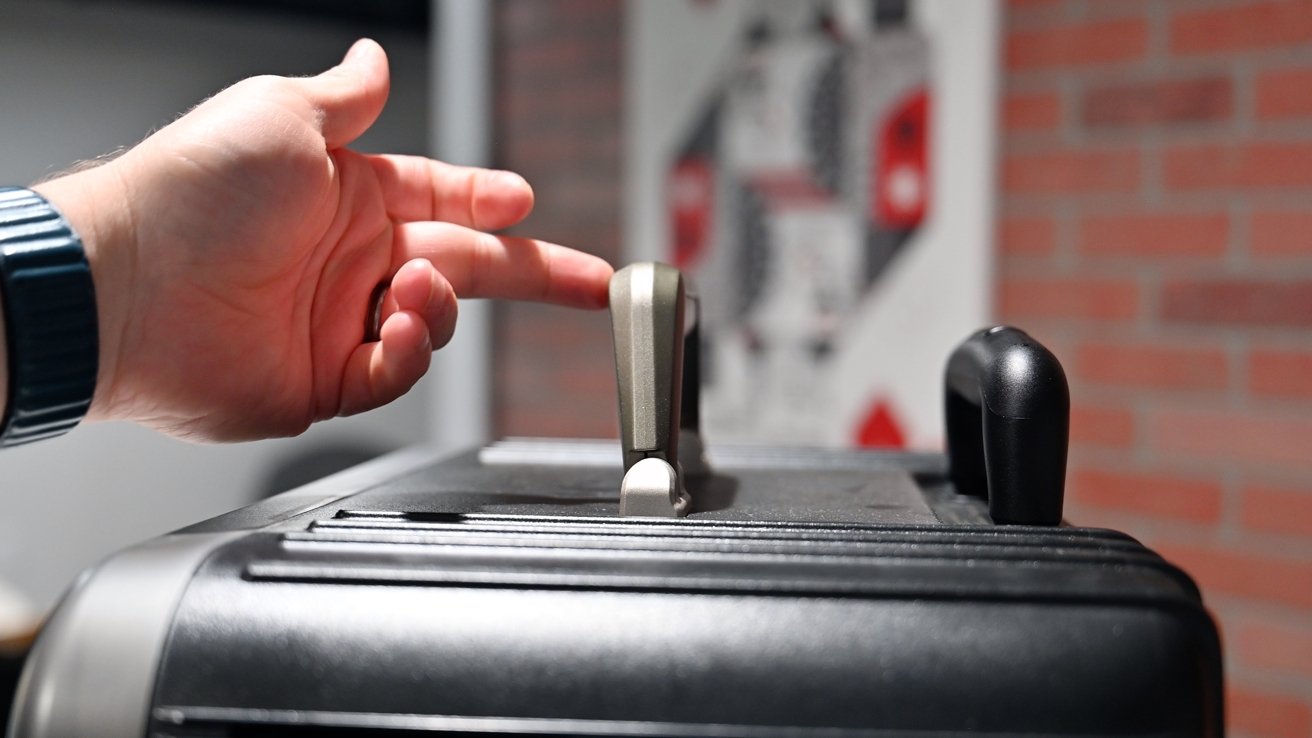
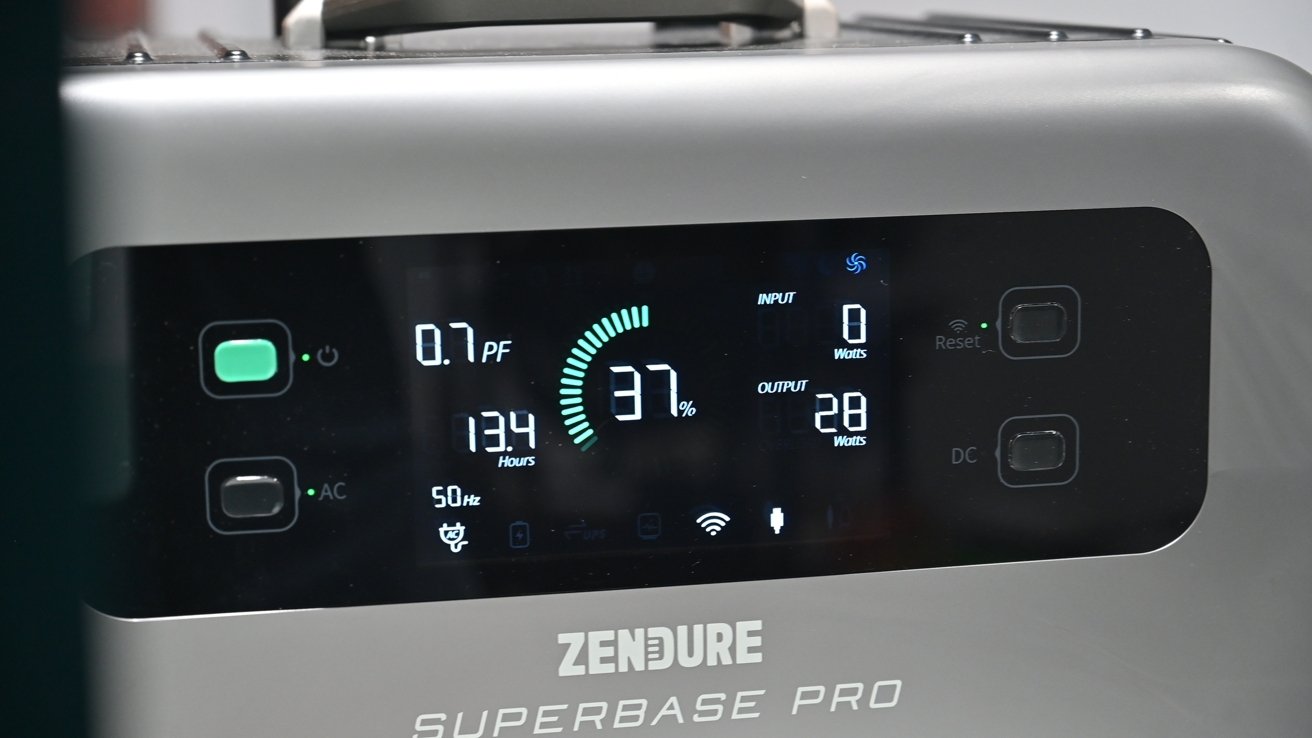
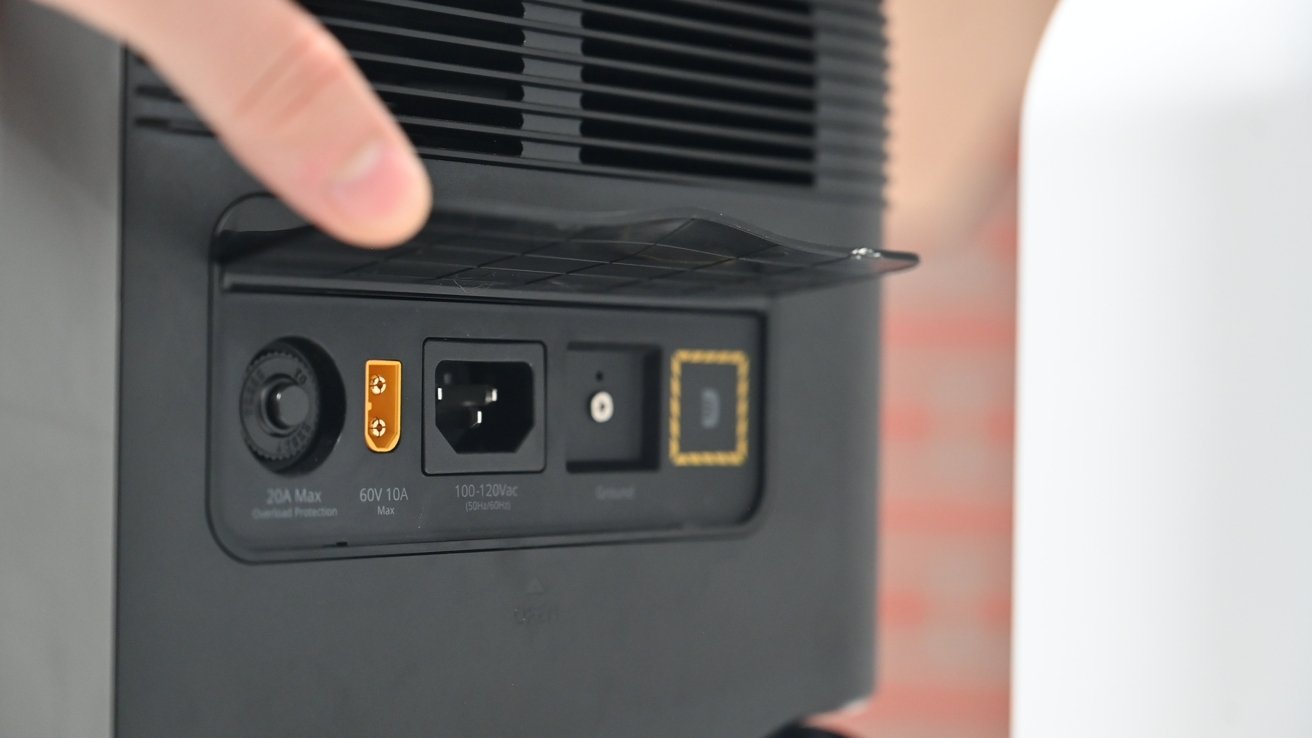
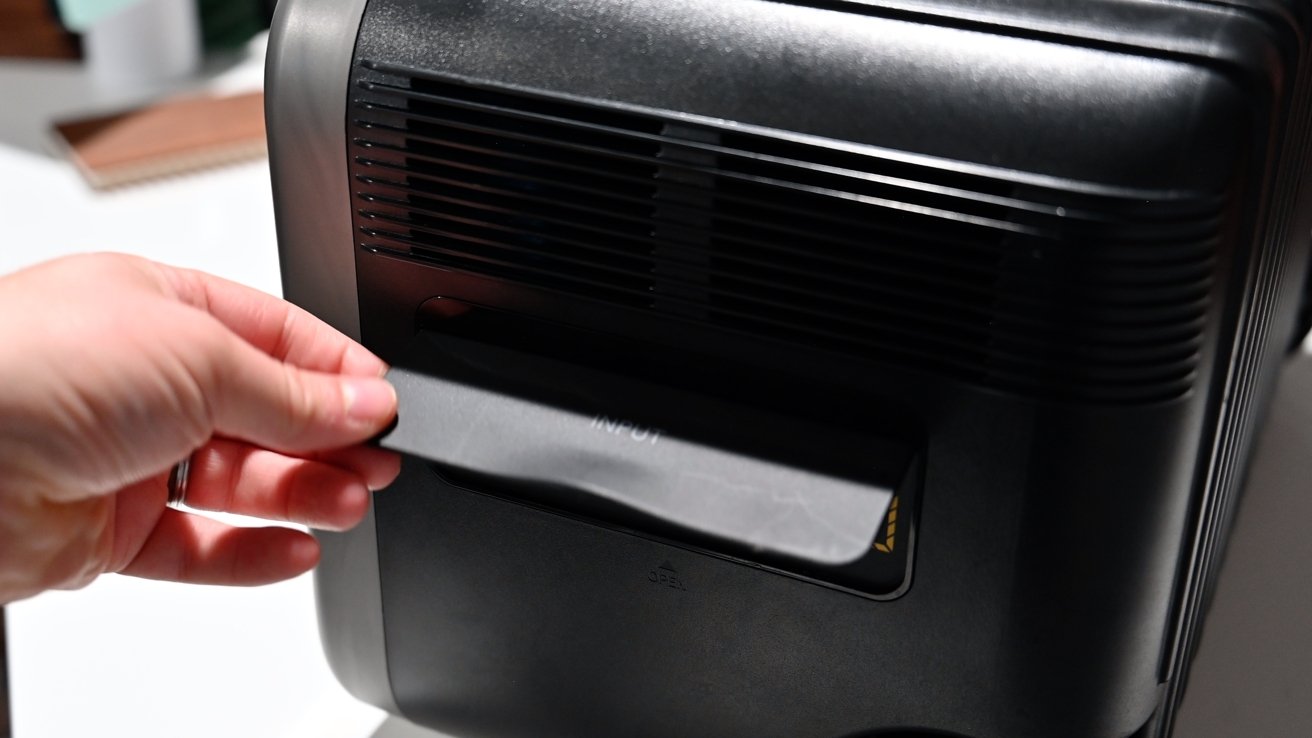
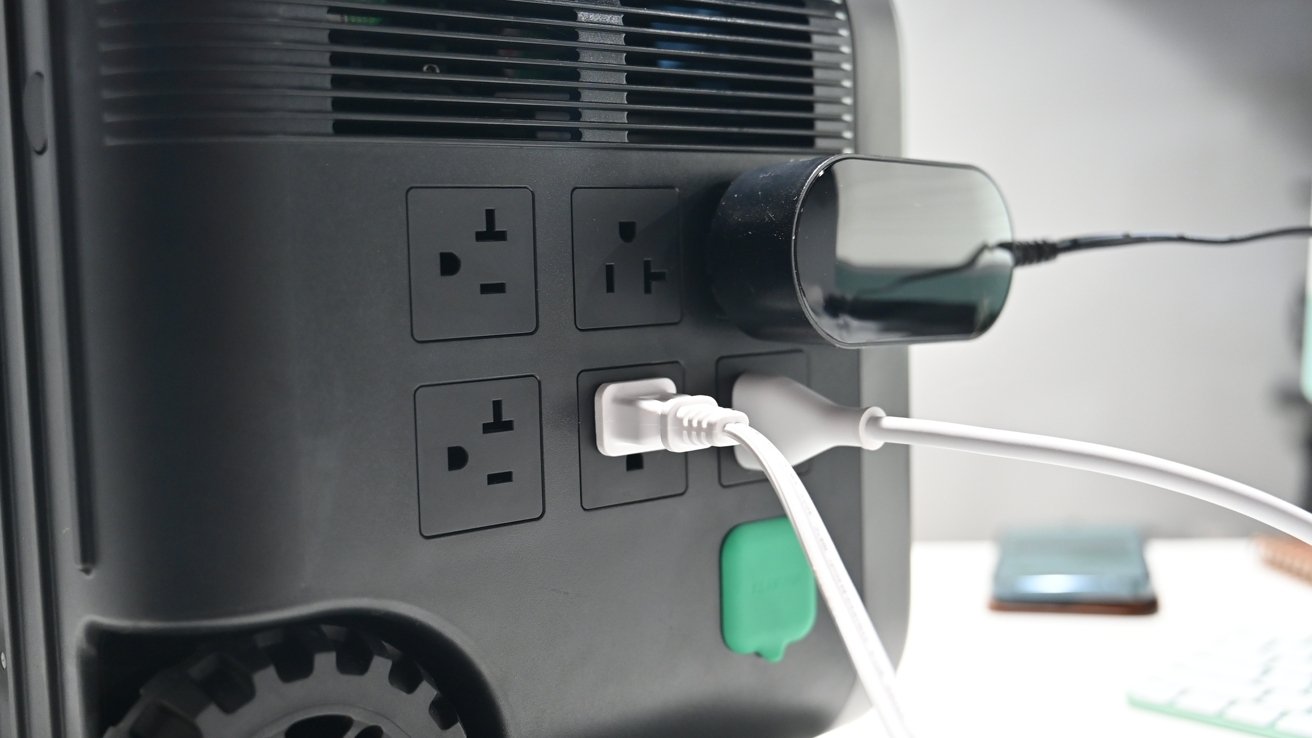

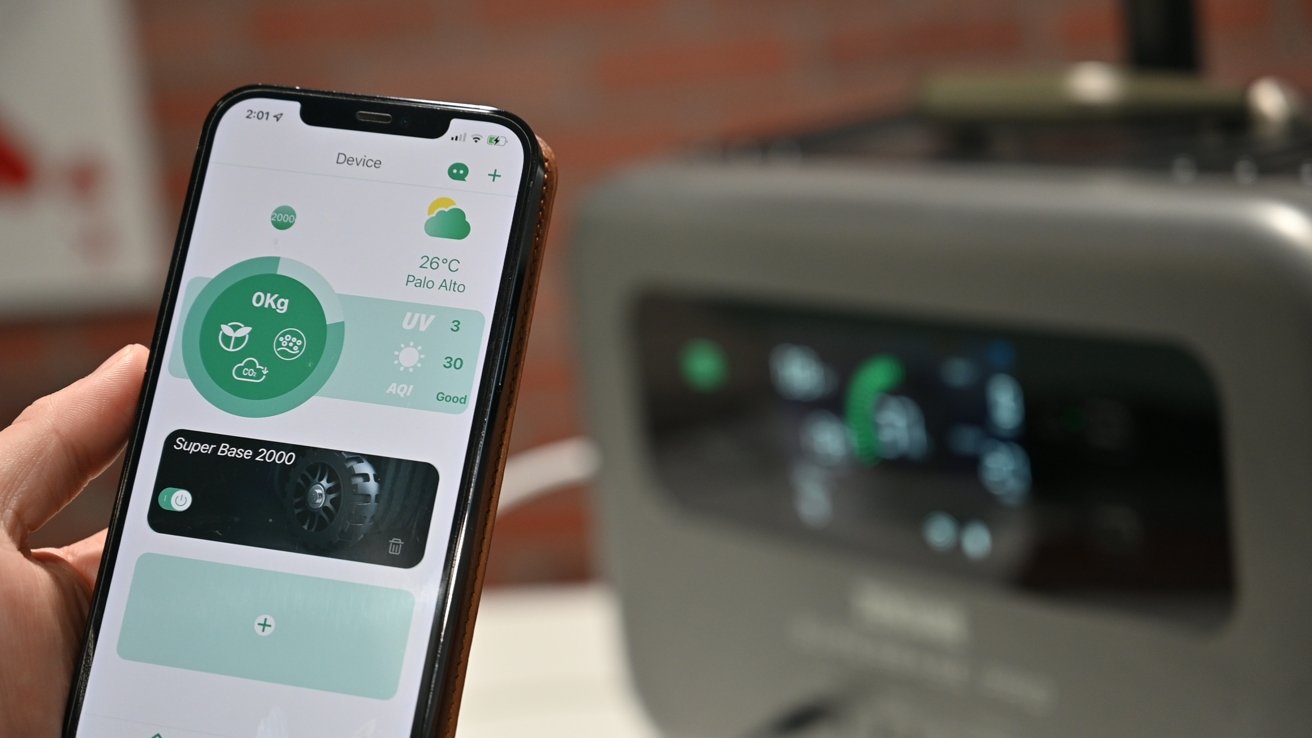
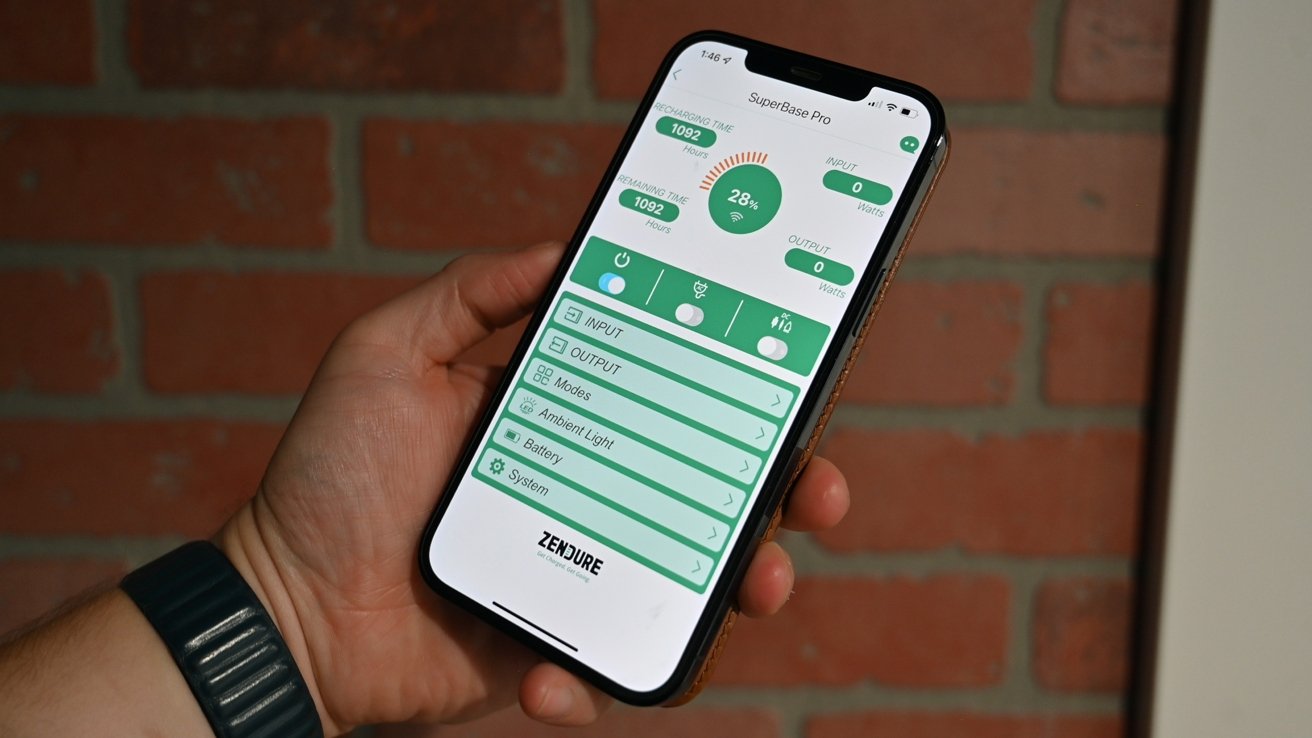
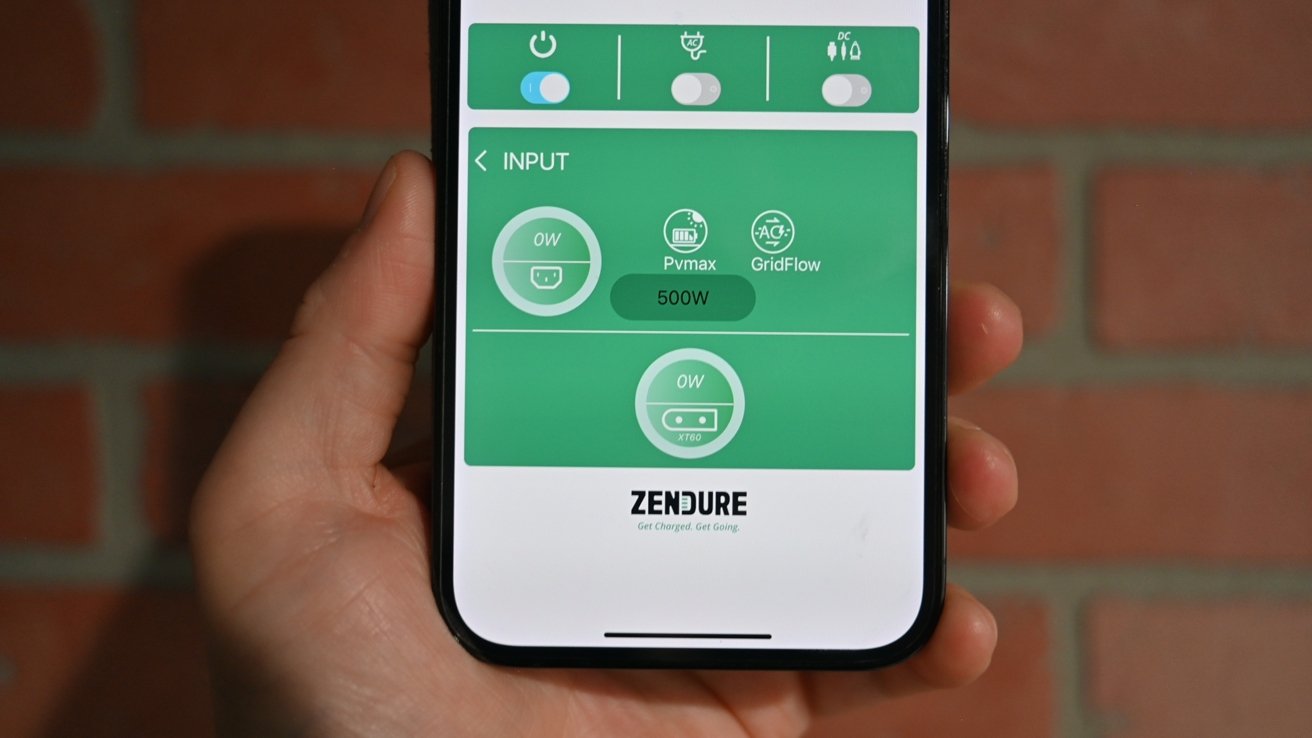
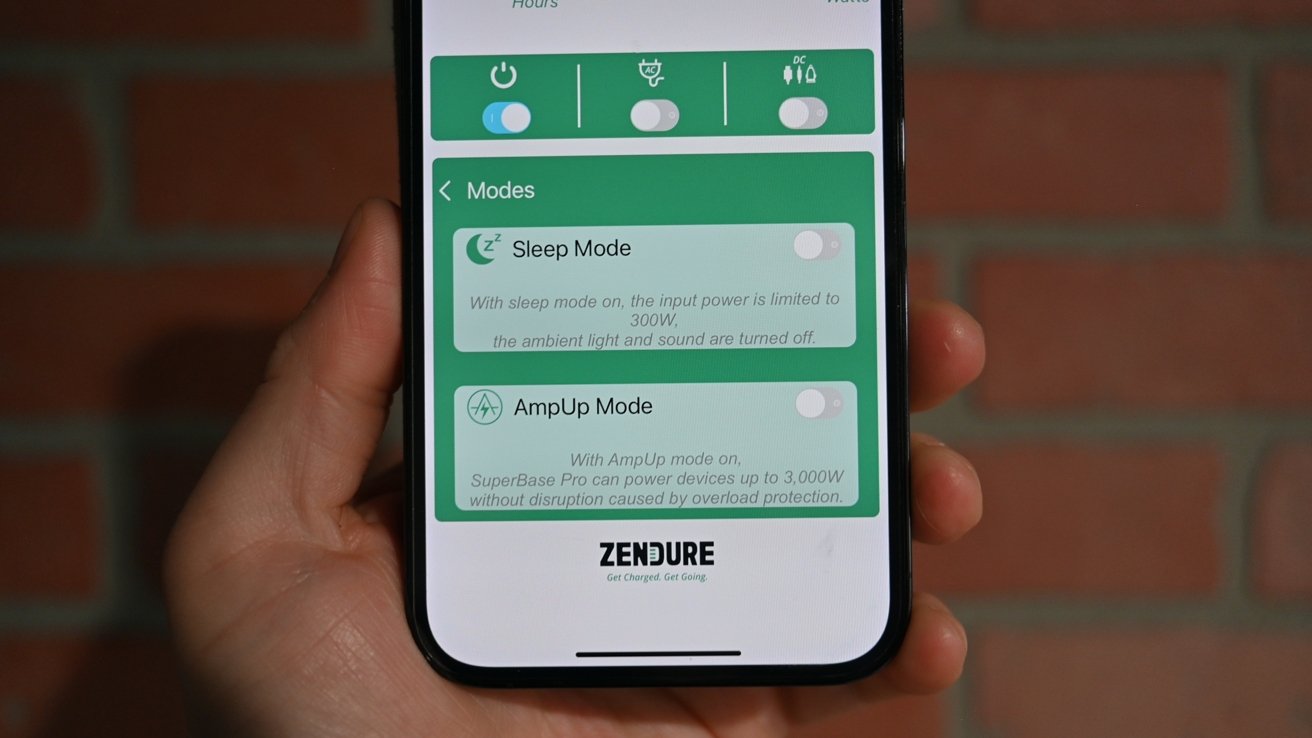
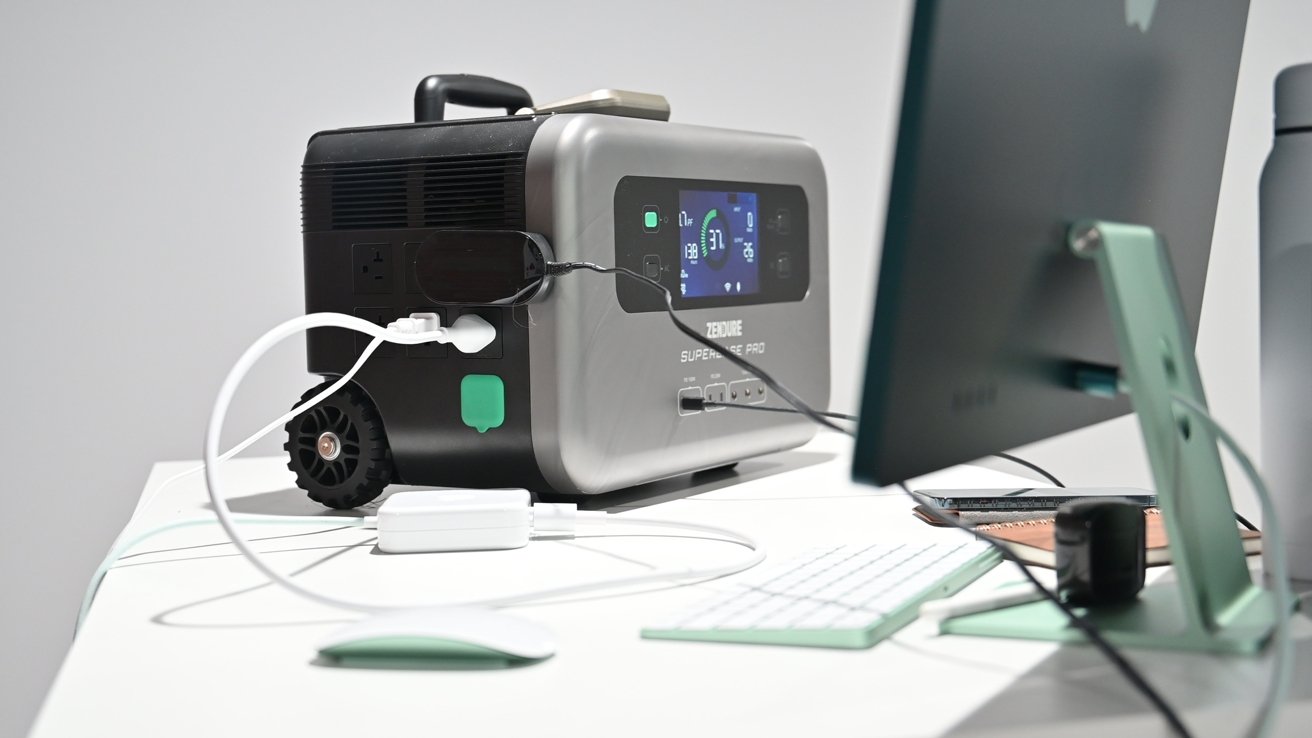
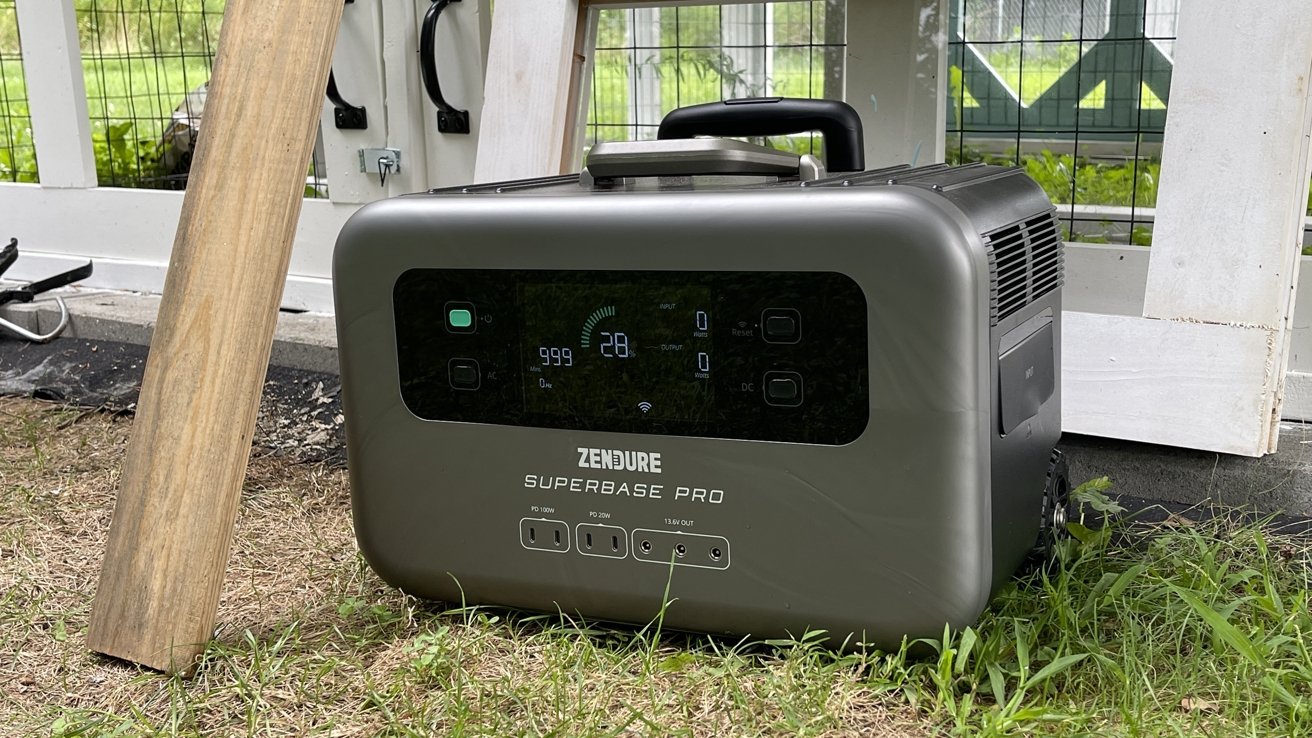








 Bon Adamson
Bon Adamson
 Marko Zivkovic
Marko Zivkovic
 Amber Neely
Amber Neely
 Malcolm Owen
Malcolm Owen


 Christine McKee
Christine McKee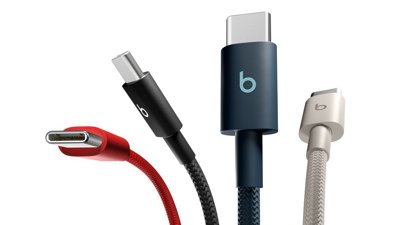



-m.jpg)





